#JapaneseAmericanWomenArtist
Explore tagged Tumblr posts
Text
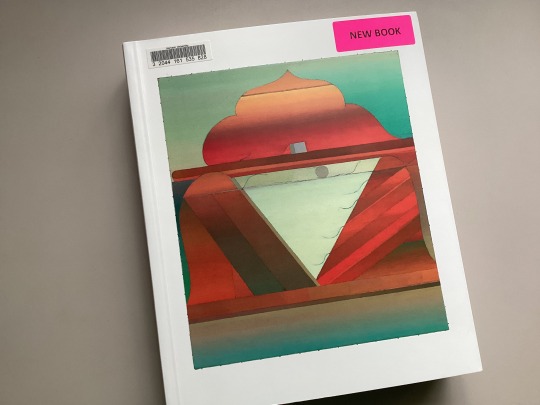
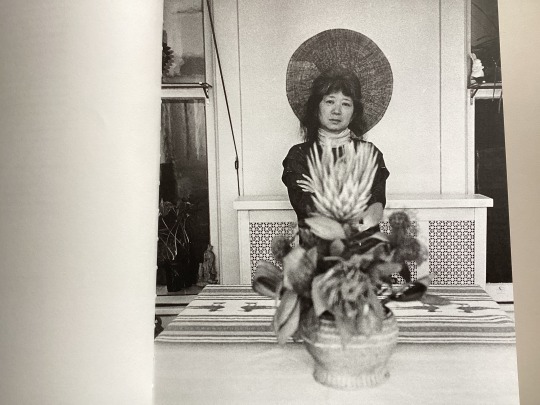
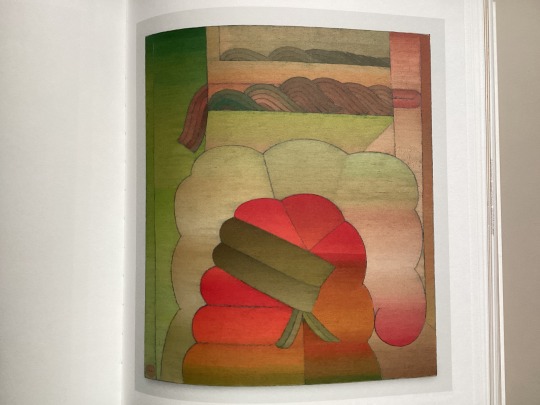
“I have no place to take myself except painting.” – Miyoko Ito, 1978.
Miyoko Ito (1918–1983) was a Japanese American painter, born in Berkeley, California, and was active in Chicago where she studied at the Art Institute of Chicago.
When the World War II began in 1941 in the United States with the attack on Pearl Harbor, Ito was studying art at University of California, Berkeley. She was a senior scheduled to graduate in May 1942. In April 1942, Ito married Harry Ichiyasu to avoid being separated during the wartime incarceration of Japanese Americans. Her husband was president of the senior class of the Japanese constituency at UC Berkeley. They were married on April 11th, but by the end of April they were sent to Tanforan internment camp near San Francisco, and later sent to Topaz under an Executive Order signed by Franklin D. Roosevelt. Ito received her diploma while she was in the internment camp, then received a grant to attend a graduate program at Smith College. She stayed there for one year before going on to study at the Art Institute of Chicago. Ito said she cried when she opened her diploma. She graduated with highest honors.
Miyoko Ito was hardly unknown during her lifetime, though she gained some attention and was granted residency fellowships at MacDowell in New Hampshire. It was there that she experienced “the meaning of full expression in the conductive environment,” she wrote in her “Plan of Work” in 1983. She continued, “I would like to escape the heretofore stifling condition of low ceiling, dim daylight, and inadequate floor space” of her bedroom studio in her house.
This publication, “Miyoko Ito: Heart of Hearts” is the first book dedicated to the life and work of Miyoko Ito, long overdue for this artist.
Image 1: Front cover featuring “Island in the Sun”, 1978, Oil on canvas, 38”x 33”
Image 2: Portrait of Miyoko Ito by Mary Baber, 1975
Image 3: “Aura”, 1966, Oil on canvas, 50”x 45”
Miyoko Ito : heart of hearts Pre-Echo, 2023. 452 pages : illustrations (chiefly color), portraits ; 30 cm English HOLLIS number: 99157645381703941
#AANHPIHeritageMonth#AsianAmericanNativeHawaiianPacificIslanders#AsianAmericanArtists#JapaneseAmerican#JapaneseAmericanArtist#JapaneseAmericanWomenArtist#WomenArtist#MiyokoIto#HarvardFineArtsLibrary#Fineartslibrary#Harvard#HarvardLibrary#AbstractPainting
22 notes
·
View notes
Text


Ruth Asawa (1926 – 2013), best known for her looped wire sculptures, worked in a wide range of media, including drawing, painting, lithograph, ceramic, and public art. In the May 2022 issue of Artforum, Kaelen Wilson-Goldie writes in an article entitled “Productive Tensions” that “Asawa worked in a crowded constellation of artmaking modes.”
After the bombing of Pearl Harbor, Asawa and her family were sent to internment camps all over the country. Her father was arrested, and Asawa faced unrelenting prejudice and racism. After nearly completing her training at Milwaukee State Teachers College, Asawa learned that she would not be able to complete the student teaching requirement for her degree, because at the time no schools would allow a Japanese-American student teacher into their classrooms.
In a letter to her daughter Lanier, Asawa wrote, “I no longer want to nurse such wounds.” Then turning to her hands to work on sculpture, “I now want to wrap fingers cut by aluminum shavings, and hands scratched by wire.” To warn her daughter about the prejudice and violence her children may face, Asawa continued, “This attitude has forced me to become a citizen of the universe, by which I grow infinity smaller, than if I belonged to a family, or province, or race.”
Image 1: Black and white photograph of Asawa drawing at her home. Photo: Bob Turner. 1990.
Image 2: Asawa teaching art to elementary school students in San Francisco. Photo: Laurence Cuneo. 1973.
You can find Artforum and many other periodicals in our Reading Room.
#RuthAsawa#AsianAmericanandPacificIslanderHeritageMonth#AAPIHeritageMonth#AsianAmericanartist#AsianAmericanwomenartist#Americanartist#Sculptor#JapaneseAmericanartist#JapaneseAmericanwomenartist#Artforum#HarvardFineArtsLibrary#Fineartslibrary#Harvard#HarvardLibrary#harvardfineartslibrary#fineartslibrary#harvard#harvard library#harvardfineartslib#harvardlibrary
8 notes
·
View notes
Photo

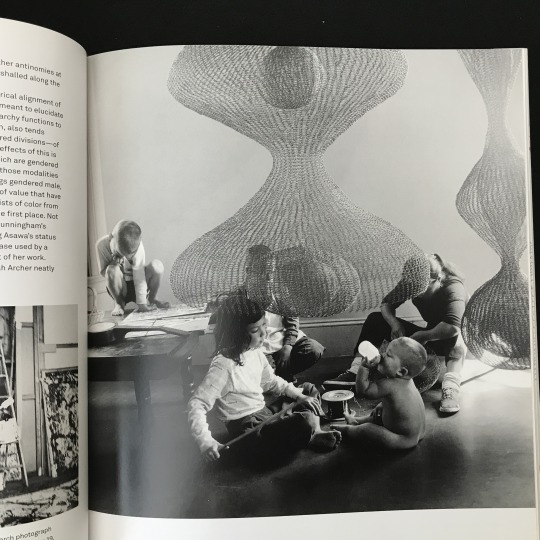
This is the Part II of life and career of Ruth Asawa.
Asawa and her husband and life-long partner, Albert Lanier, had six children. A close friend and photographer, Imogen Cunningham, often captured Asawa working alongside her children in her home. One of Asawa’s daughters, Aiko said, “We always saw her making art, it was part of her everyday existence. I never thought of her making art as a separate activity. To us, she wasn’t working. We didn’t have to be quiet so she could concentrate. Her artmaking space was always in our house…”
Asawa was a strong advocate for social change and devoted much of her time and energy toward art education in her community in San Francisco. Asawa and her friend, Sally Woodbridge, founded The Alvarado School Arts Workshop, an innovative art program that involved parents and professional artists in public schools.
Asawa’s vision was strongly influenced by her own experience at the Black Mountain College, and she believed that it was important for young students to work directly with professional artists. Asawa served on the California Arts Council and the National Endowment for the Arts, and become a trustee of the Fine Arts Museums of San Francisco. In 1982, she was instrumental in founding a public arts high school, which was renamed the Ruth Asawa San Francisco School of the Arts in her honor in 2010.
“Learn something. Apply it. Pass it on so it is not forgotten.”- Ruth Asawa. (Summarized from Ruth Asawa’s website.)
Asawa used metal wires to weave her own stories into her art, and she did so with great curiosity throughout her entire life. Her wire sculptures are intricate and strong, complex and simple, all at the same time. Awasa wove her art intimately into a life rich with family and community, and her life in turn was intertwined with her art—they were inseparable.
Image 1: Front cover
Image 2: Ruth Asawa and her children at home on Saturn Street, San Francisco, 1957, Imogen Cunningham
Ruth Asawa : life's work Edited by Tamara H. Schenkenberg; essays by Aruna D'Souza, Helen Molesworth, and Tamara H. Schenkenberg. St. Louis, MO: Pulitzer Arts Foundation, 2019 HOLLIS number: 99153758428703941
#RuthAsawa #AsianAmericanArtist #AsianAmericanwomenartist #AAPI #AAPIheritagemonth #AAAPI #AsianAmericanandPacificIslanderHeritageMonth #HarvardFineArtsLibrary #Fineartslibrary #Harvard #HarvardLibrary #Librariesofinstagram
#ruthasawa#aapi#aapiheritagemonth#aaapi#japaneseamericanwomenartist#japaneseamericanwomen#asianamericanartist#asianamericanwomenartist#asianamericanwomen#americanartist#sculptor#sculpture#wiresculpture#harvardfineartslibrary#harvardfineartslib#fineartslibrary#Harvard#harvard library#HarvardLibrary
31 notes
·
View notes
Photo
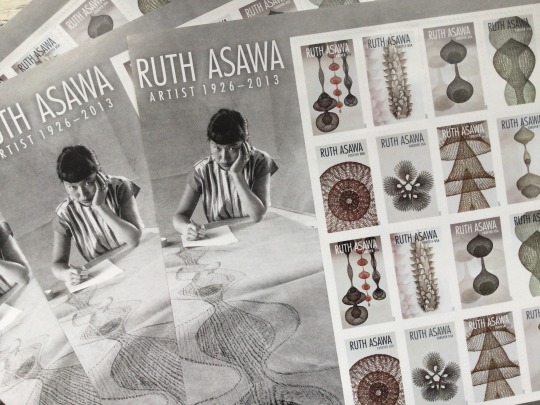
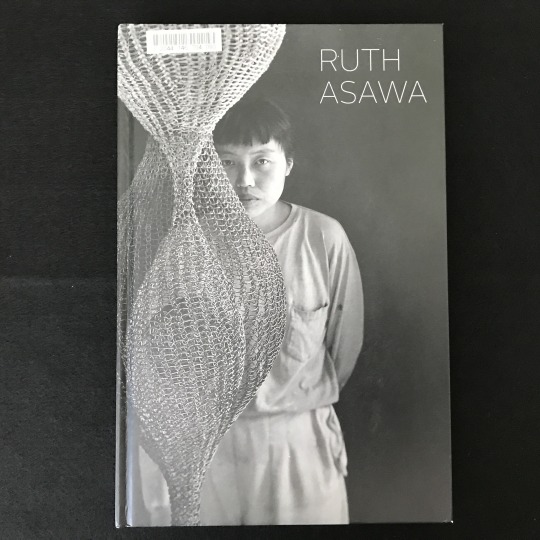
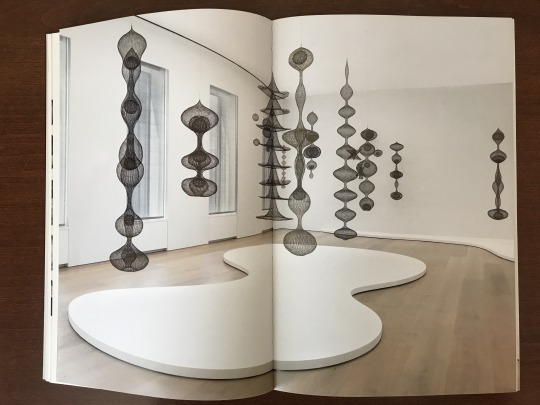
Today, the images of Ruth Asawa’s (1926–2003) beautiful metal hanging sculptures can be found on the United States Postal stamps and her work is gaining international recognition. Yet, little is known about her life and career. Certainly, her career would have been very different if she had completed the student teaching requirement for her teaching degree at the Milwaukee State Teachers College. But she was advised against it because of anti-Japanese sentiment after World War II. Unable to complete her degree, Asawa left Wisconsin to join Black Mountain College, a progressive art college founded in 1933 in North Carolina. Ultimately, her experience there changed her life and career as an artist. Her teachers at the Black Mountain College included Joseph Albers, Merce Cunningham, and Buckminster Fuller, and she also met her future husband, architect Albert Lanier.
Asawa was born on January 24, 1926 in Norwalk, California to Umakichi and Haru Asawa, Japanese immigrants who worked as truck farmers. In February 1942, a couple of months after the attacks on Pearl Harbor, Asawa’s father was arrested by the FBI and sent to New Mexico. In April of the same year, Asawa, her mother, and five of her siblings were ordered to relocate to the Santa Anita racetrack in Arcadia, CA, and then forcibly moved again to the Rohwer Relocation Center in Arkansas where they stayed until September 1943. She would not see her father again until 1948. In total, Asawa spent eighteen months in internment camps before enrolling at the Milwaukee State Teachers College with a scholarship. (Summarized from Ruth Asawa and website.)
Stay tuned for the Part II of life and career of Ruth Asawa.
Image 1: US Postal stamps Image 2: Front cover Image 3: Installation view at David Zwirner, 2017
Ruth Asawa New York, NY: David Zwirner Books, ARTBOOK/D.A.P. [2018] Catalog of the exhibition held at David Zwirner, New York, September 13-October 21, 2017. Exhibition, “Ruth Asawa” HOLLIS number: 99153719112003941
#RuthAsawa #AsianAmericanArtist #AsianAmericanwomenartist #AAPI #AAPIheritagemonth #AAAPI #AsianAmericanandPacificIslanderHeritageMonth #HarvardFineArtsLibrary #Fineartslibrary #Harvard #HarvardLibrary #Librariesofinstagram
#ruthasawa#asianamericanartist#aapi#aapiheritagemonth#aaapi#japaneseamericanwomenartist#japaneseamericanwomen#Asianamericanandpacificislandersheritagemonth#harvardfineartslibrary#harvardfineartslib#fineartslibrary#Harvard#harvard library#HarvardLibrary#uspostalstamps#uspsstamps#sculpture#hangingsculpture#wiresculpture#americanartist#sculptor#stamps#uspsstamp#womenartist
26 notes
·
View notes